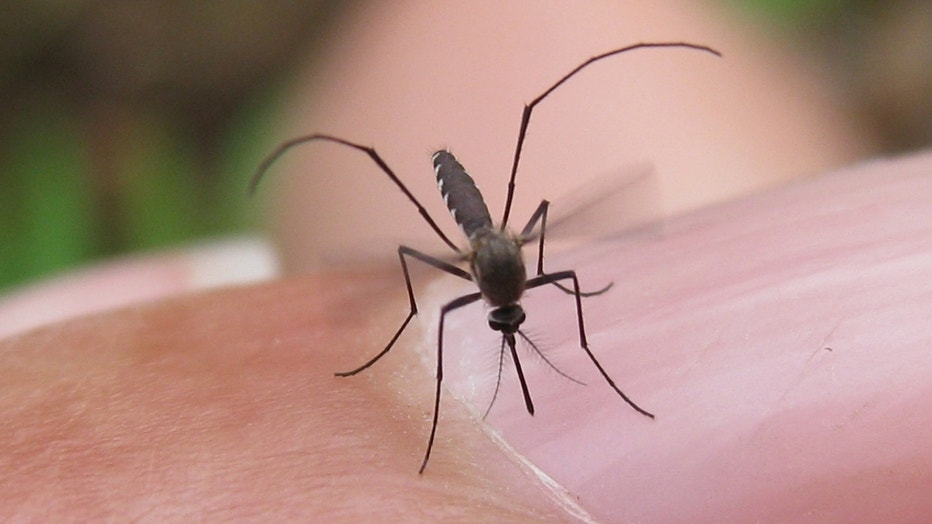Cold ends mosquito season and rare EEE virus threat in Michigan
(FOX 2) - Health officials in a southwestern Michigan county say cold weather has ended this year's mosquito season and with it the threat of a deadly mosquito-borne virus.
Berrien County Health Department spokeswoman Gillian Conrad says recent cold, snowy weather wiped out mosquitoes that were spreading the eastern equine encephalitis virus.
Health officials say there were 10 confirmed human cases of that rare virus this year in southwest Michigan. Five of those people died.
Many animals also died, including two wolf pups at the Binder Park Zoo in Battle Creek. EEE is typically a serious problem for horses, which is why a vaccine was developed if they contract the disease. No vaccine exists for humans.

EEE is one of the most dangerous mosquito-borne diseases in the United States, with a 33 percent fatality rate in people who become ill and leaving many survivors with physical and mental disabilities. For kids under 15 years old and adults over the age of 50, the fatality rate can rise as high as 50 percent.
Symptoms exhibited by the disease aren't very obvious. Of the 4 to 5 percent of people who do contract the disease and show symptoms, they include chills, fever, weakness, muscle and joint pain and can last up to two weeks. However, for the 1 percent of people who do show serious symptoms, they include neurologic issues like inflammation of the brain.
| MORE COVERAGE:
Be aware, not alarmed, Oakland County warns of "most dangerous mosquito-borne virus" in Michigan
5th Michigan resident dies from mosquito-borne disease EEE
Conrad tells WSBT-TV that officials have no way of predicting whether the virus will be a problem again in 2020 when mosquito season returns.
Berrien County and several other Michigan counties conducted aerial spraying of pesticides earlier this year to combat the mosquito-borne virus. Those were the first such aerial treatments in Michigan since 1980.
Fox 2 reported on this story from Southfield, Mich.
The Associated Press contributed to this report

